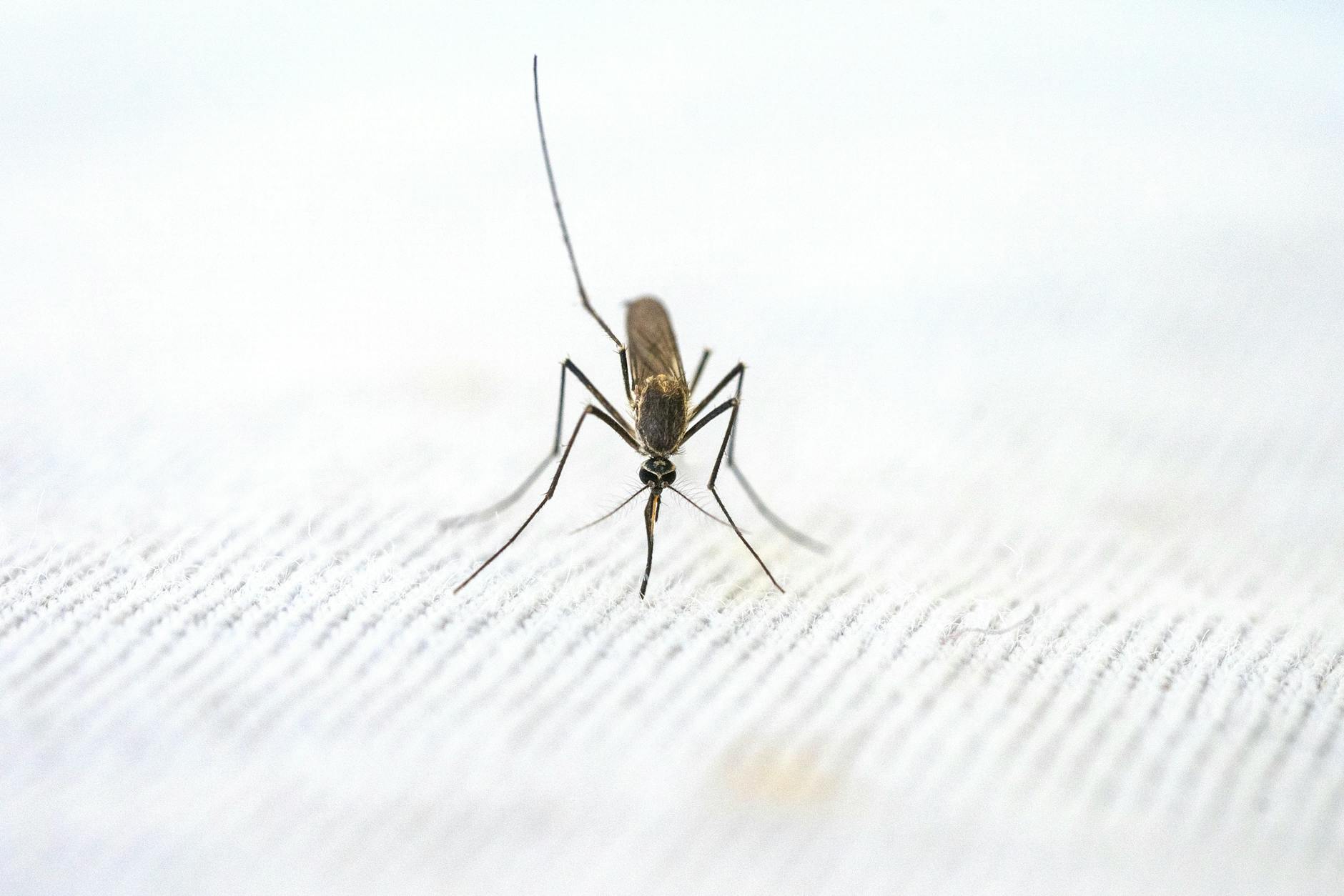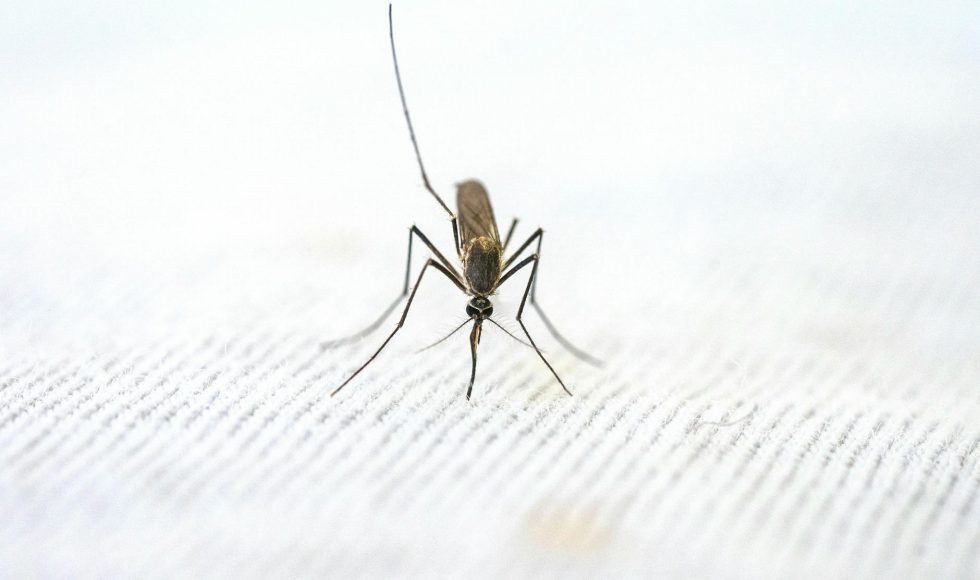Tonight, I watched the recording of Lucky Ronald Runtuwene from the University of Tokyo in Japan from London Calling 2019. Runtuwene is part of a sequencing core at a university campus. They have several Illumina devices and a PromethION. Their goal is to expedite research in developing countries. They started a collaboration with Indonesia, starting with the sequencing of an ancient fish. Runtuwene is from Sulawesi island in Indonesia. This island is located near Papua Island, a region with a high incidence of malaria and HIV cases. Runtuwene has deployed mobile labs with partners. The team started a Global Researchers Alliance in Infectious Diseases (GRAID) with the aim of building training and research capacity… and facilitating knowledge and technology transfer through workshops. They have sequenced mosquitoes and soil from several places. In 2014, they performed an in vivo transcriptome analysis of malaria parasites. They sequenced the host and parasite from blood samples. In this study, they used Illumina sequencing and then began using MinION devices. For example, the team has screened malaria parasites for chloroquine resistance. In this study, they compared R7 and R9.4 flow cells, as requested by a reviewer. The team then compared drug resistance in malaria parasites screened using MinION from samples from Indonesia, Thailand, and Vietnam. The same pattern of resistance was found in Thailand and Vietnam. In Indonesia, screening suggests that the malaria parasites may be sensitive to artemisinin. The GRAID group also serotyped dengue virus using isothermal amplification and MinION. For this, LAMP amplification was performed with 1 ul of serum! LAMP results can be observed and run on a gel. The team used this approach to screen clinical samples from several countries. They did note that LAMP is “tricky.” In 65% of the samples, serotyping could be performed. However, in some samples, there was low amplification. The team also published a tool with a graphical user interface they called NanoPipe. With the help of a German collaborator, NanoPipe provides a user-friendly way to analyze malaria parasite screening results. GRAID is also collaborating with the Indonesia Research Partnership on Infectious Diseases to use MinION and long-read sequencing to identify causes of acute fevers and perform HLA typing of dengue. The group is developing a website to share the results of this partnership. The public health aspect of this project is of interest to me. I want to do more work that is community-engaged and driven.



